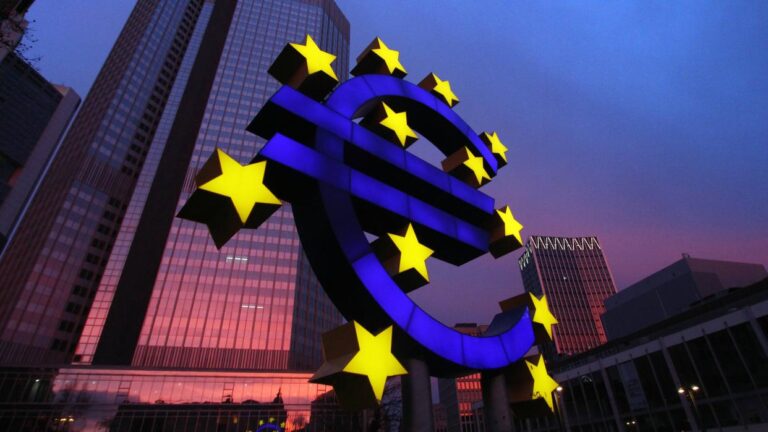
Morning Brief – Did EURUSD miss the news?
Did EURUSD miss the news?
Over the weekend, the President and the Speaker of the House of Representatives reached a much-awaited deal on the US debt ceiling. The impending constraint on debt could have forced the shutdown of government departments and precluded the US government from servicing costs and existing debts, triggering a default. The potential ramifications of a shutdown had been widely unpacked and disastrous consequences predicted. As a result of the risk associated with a potential default, there had been a flight to safe assets. This held true at least for those safehavens not directly in the firing line of a default, such as near-dated treasury bills.
The US Dollar was one of those beneficiaries. As one of the key safehaven assets, demand for the Dollar grew with EURUSD retracing significantly from its recent and relatively well supported highs. So now that a deal has been reached, why has EURUSD continued to reflect a stronger Dollar? There are three potential answers:
Firstly, the deal still has to pass votes in the House and Senate, making the success of the deal far from a given. There are many republicans who could still seek to block the deal, delivering the US economy to a likely breach of the debt ceiling. This is a non-negligible risk, however, thanks to the breakthrough over the weekend, a successful and legal deal is now far more likely than it was. Despite residual risks there has been an overall improvement in risk appetite as we have seen reflected within pricing in other markets. The risk that Congress fails to pass the deal is therefore insufficient to explain a lack lustre EURUSD pair.
Instead, perhaps the deal is so much better than expected and therefore the fortunes of the US economy in the years ahead are now materially greater than they were thought to be pre-deal. After all, the impact of the debt ceiling resolution following the impasse in 2011 resulted in a reduction in government spending equal to 0.7% of GDP. This weekend’s deal will only move spending by 0.2% of GDP, according to estimates. Once again there could be a residual impact from a growth reappraisal within EURUSD, however, this is still lacking to explain a break below 1.07.
The only remaining conclusion is that the market pricing within EURUSD is likely due a correction. Given the move in treasuries and equities, we would expect to see at least a limited correction to recent USD strength.
Discussion and Analysis by Charles Porter

Related Insights

Daily Brief – A look ahead
A look ahead The UK Pound continues to be influenced by the gilt market and fiscal concerns. Sterling has been a very expensive short this year, contributing to its relative outperformance. In fact, the few episodes of sustained weakness we have seen tended to have either coincided with a global risk-off turn or a sharp […]

Daily Brief – Jobs Week
Jobs Week The labour market has been the key to unlocking a weaker Dollar. Despite moderating inflation and lacklustre economic activity in the US, it had been the labour market that kept the Fed wanting rates held in restrictive territory. As cracks began to appear in the labour market through revisions to prior data and […]

Daily Brief – Le sick man of Europe?
Le sick man of Europe? Over the decades, the phrase ‘sick man of Europe’ has been levied at many countries. Believe it or not, given its heralded status as the (often misfiring) engine of Europe and driver of growth, the phrase started life aimed squarely at Germany. The lesser loved UK, back when it was […]


